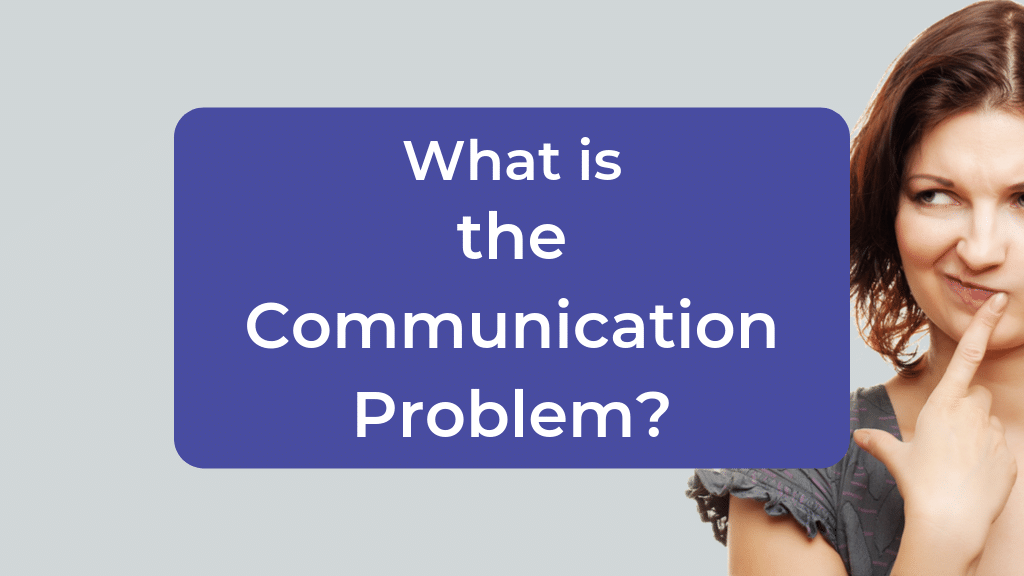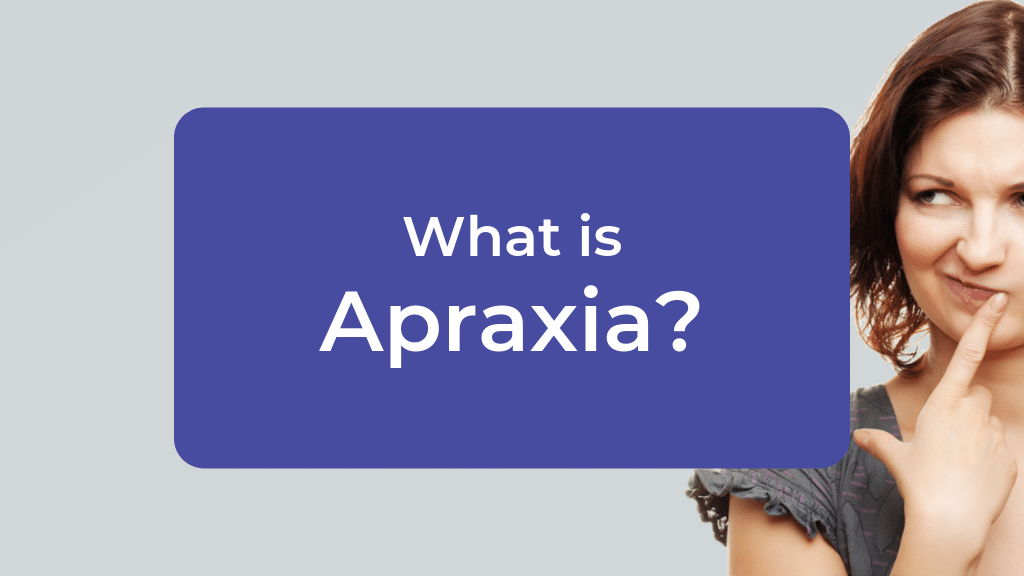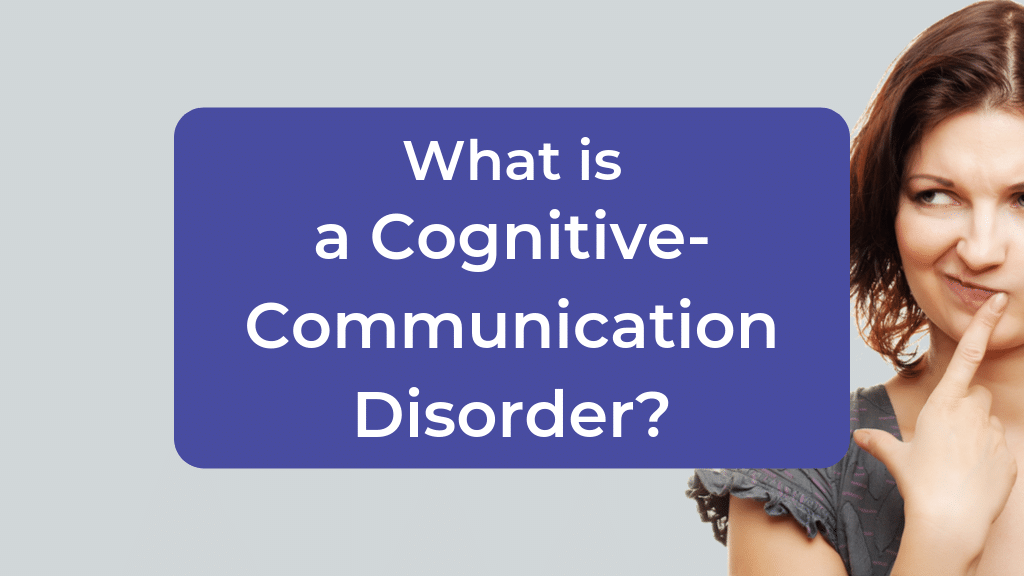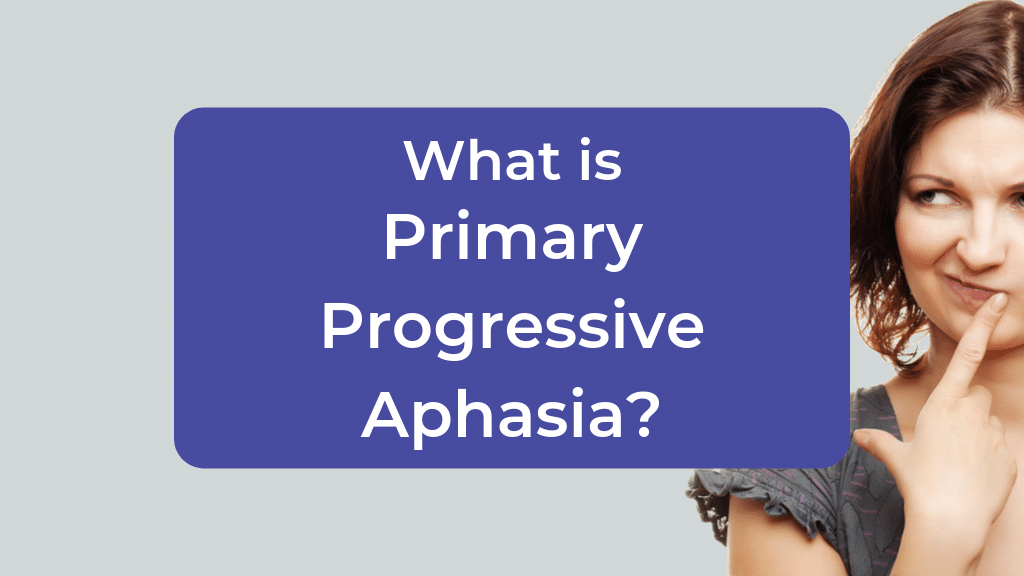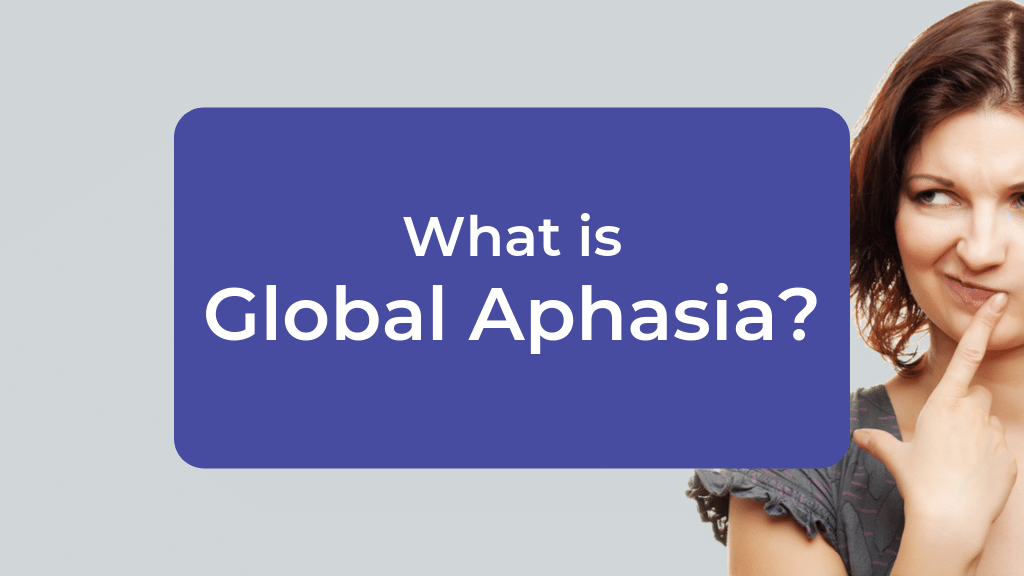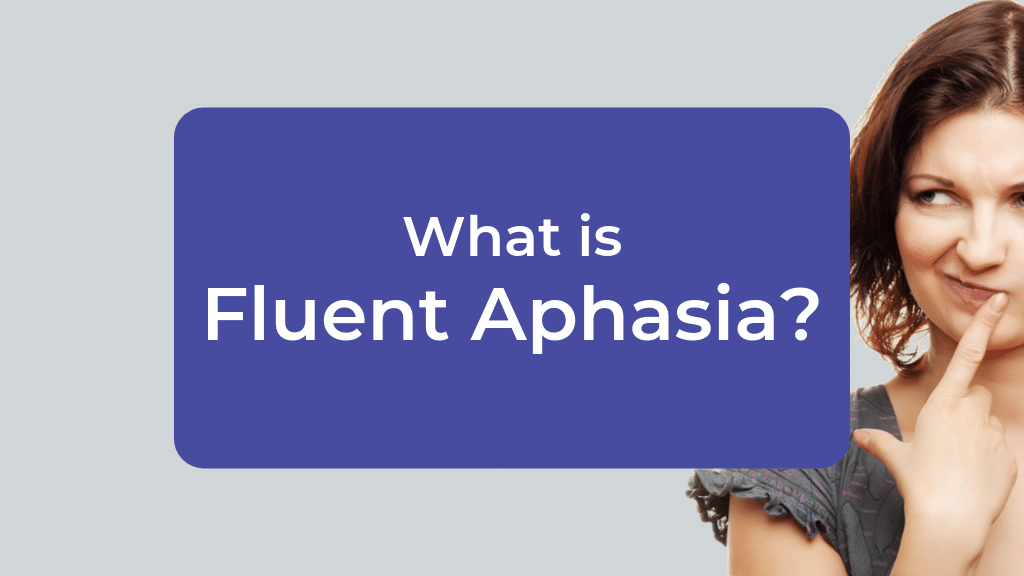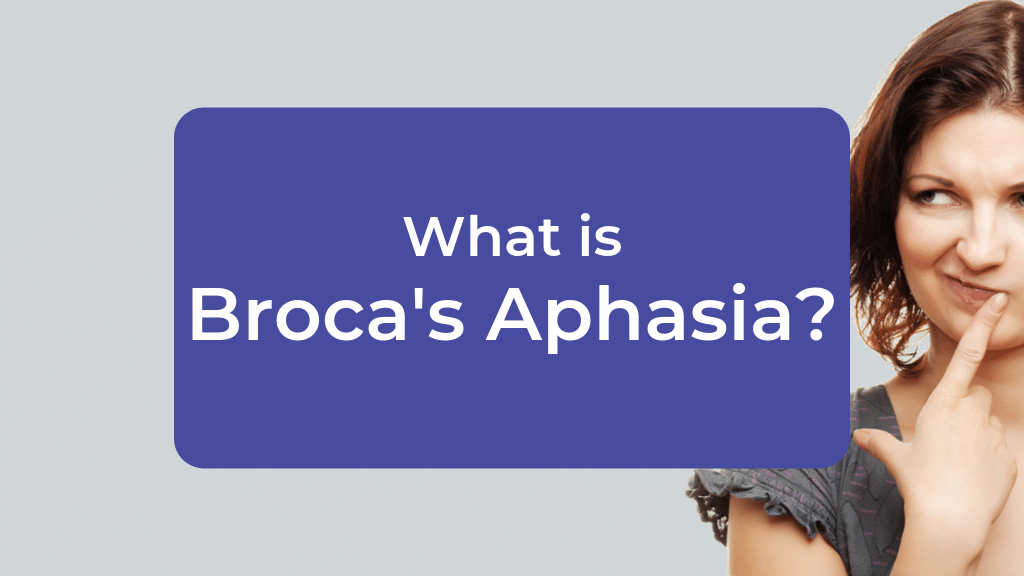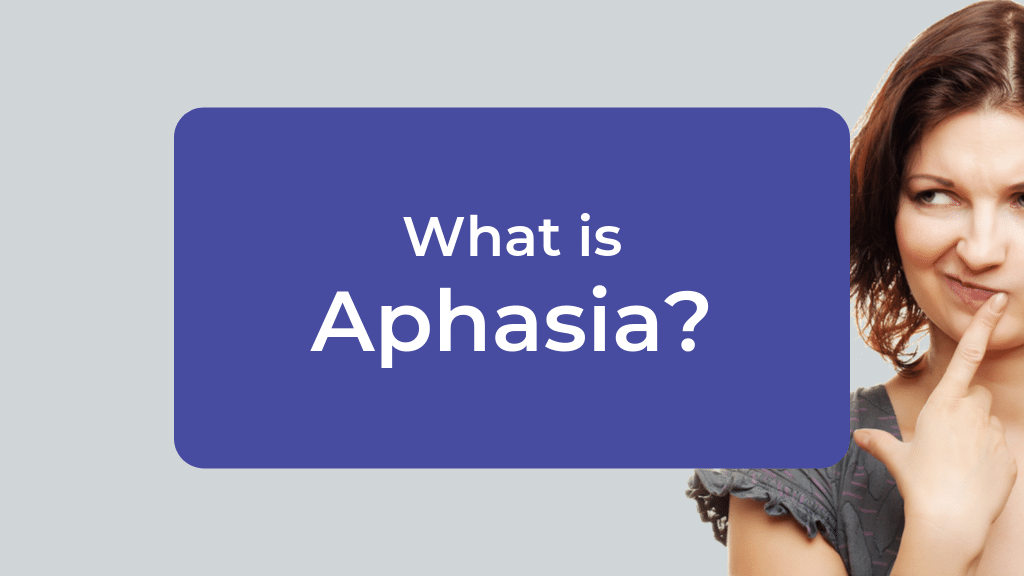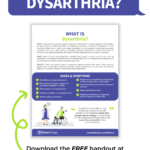What is
Dysarthria?
4 min read
Dysarthria is a motor-speech disorder that results in unclear speech. This inability to speak clearly is because of weakness, slowness, or lack of coordination in the muscles of the mouth, voice, and lungs.
Dysarthria results from damage to the nervous system. There are several different types of dysarthria. The type of dysarthria a person has is determined by the area of the nervous system that’s damaged.
In unilateral dysarthria, just one side of the face and tongue is weak. In spastic dysarthria, the muscles on both sides are stiff and uncoordinated. With flaccid dysarthria, the muscles are loose and floppy. In ataxic dysarthria, muscle movements are uncoordinated. Hyperkinetic dysarthria involves involuntary muscle movements, while hypokinetic dysarthria features muscle movements that are slow to start. There are also many mixed dysarthrias that include features of more than one type.
Dysarthria can be a mild annoyance, or it can have a devastating effect on a person’s ability to make him or herself understood.
Download a Free Patient Education Handout about Dysarthria
Get your free PDF summarizing what dysarthria is, what you might notice, & how you can help. A perfect handout for families.
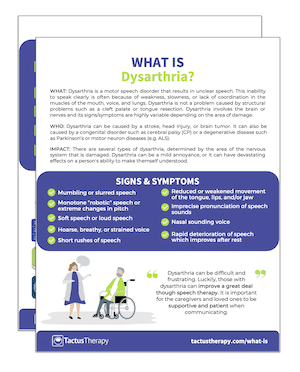
In addition to receiving your free download, you will also be added to our mailing list. You can unsubscribe at any time. Please make sure you read our Privacy Policy and Terms & Conditions.
What Causes Dysarthria
Dysarthria can be caused by a stroke, head injury, or brain tumor. It can also be caused by a congenital disorder such as cerebral palsy (CP), or a degenerative disease such as motor neurone disease (MND / ALS) or Parkinson’s disease (PD). Dysarthria can also be a symptom of autoimmune disorders like myasthenia gravis (MG), multiple sclerosis (MS), or Guillain–Barré syndrome (GBS).
Dysarthria is NOT a problem with speech caused by a structural problem, such as a cleft palate or tongue resection. These speech problems are classified as
What You Might Notice
Dysarthria affects different people in different ways.
Some people sound like they’re mumbling or slurring their words. Some sound like they’re talking through their noses, while others sound stuffed up.
Some speak in a monotone, while others make extreme pitch changes. Some speak slowly, some speak very quickly, and some fluctuate. Some speak loudly, some speak softly, and some are irregular in volume. Their voices may sound unusually hoarse, breathy, or strained.
Dysarthria can affect more than just speech. Someone with dysarthria may look like his or her face is drooping. They may have difficulty swallowing, or get food caught in the cheeks. Due to limited movement of the tongue, lips, or jaw, the person may drool or have trouble keeping dentures in place. Even breathing may be irregular, if the lungs are affected.
If You Have Dysarthria
If you have dysarthria, you may find talking to be difficult and frustrating. Take your time and follow these tips:
- Sit up and face your listener if possible. It’s important to make eye contact so your listeners can understand you better by watching your lips. You might want to avoid wearing a moustache that hides your upper lip.
- Speak slowly and loudly, exaggerating how each word is supposed to sound. Pause to take a breath when you need one.
- Use facial expressions, gestures, drawing, and pointing to help get your message across.
- If your listener has trouble understanding you, try using different words if repeating the exact words hasn’t worked.
- If you need to, write down what you want to say or key words. You can also point to the first letter of words on a letter board.
- Swallow before speaking to clear your mouth of saliva. Clear your throat if you need to so your voice will be clear.
- Try to relax and stay calm. If you have trouble, it’s okay to give up and come back to the subject later. Avoid important conversations when you’re tired or feeling emotional.
5 Ways to Help a Person with Dysarthria
A person with dysarthria can improve a great deal through speech therapy. Meanwhile, you can help the person communicate by taking a few simple actions:
- Make sure your surroundings are quiet and well lit. Turn off the TV and radio, and shut the door, so you won’t be interrupted. Be sure the lights are on or the curtains are open.
- Sit across from the person, so you can make eye contact. His or her body language and lip movements can tell you a lot.
- Establish the topic, so you both know what you’re discussing.
- Be patient. Give the person plenty of time to speak.
- If you don’t understand what the person is trying to say, don’t pretend you do. Instead, say what you do understand, using his or her exact words. Then ask specifically for the words that are unclear.
Want to learn more about dysarthria or other communication disorders in adults? Visit our Learn section to discover helpful resources. We also have a wide variety of apps for dysarthria therapy you can download to get started on improving communication today.

